“This business would not exist if it weren’t for EAA,” said Kyle Clark, BETA Technologies founder and CEO. As one of the participants in today’s Innovations Day activities, BETA’s all-electric conventional takeoff and landing aircraft, ALIA CX300, will be flown by Kyle in the afternoon air show — a “dream come true” for the CEO who discovered his passion for aviation through Vermont’s EAA Chapter 613 when he was just a teenager.
Kyle, EAA 1141386, spent a lot of time as a teen at his local airstrip, finding guidance from George Coy, EAA 278276, who introduced him to the thrill of aerobatics and experimental aircraft. “I got very passionate about homebuilt aircraft and started reading everything I could about Rutan and Martin Hollmann,” he said.
Kyle took this passion to Harvard where he studied materials science with a concentration in engineering science, winning thesis of the year in 2004 for his earliest hybrid aircraft concept that would evolve into BETA Technologies. “I thought I was on a good track to go and do what I dreamed of, which was building airplanes, but I couldn’t get anybody to invest in this idea that I had,” he said.
In 2017, he managed to find an investor, Martine Rothblatt, who was excited about his ideas, and Kyle’s dreams and BETA could finally take off. “I dropped everything, like every other thing I was doing, and focused on designing and building these airplanes,” he said. “We had to design, build, and fly an electric vertical takeoff and landing aircraft in a very short period of time. About 10 months.”
In those 10 months, Kyle and a small team converted a Lancair IV fuselage into a VTOL aircraft. “We built a new wing and a new tail. All the motors, batteries, inverters. We programmed our own flight controllers, gutted and made these wild bearings to make it thrust vector. I built all the propellers in my garage with local Vermont maple.”
After getting FAA certification on the prototype, it was the largest electric airplane to fly at the time.
Fast-forward to today. BETA is ramping up full production and getting ever closer to its goal of lowering the cost and increasing the sustainability of aviation. “The recurring cost of operation goes down so much that you ask the question not how few flights can I do, but how many flights can I do? And that’s the transformative effect of electrification. You lower the cost; you increase the utility,” Kyle said.
The No. 1 lesson learned since diving headfirst into BETA? “Simplicity is king,” he said. “Simplicity is where you have aerodynamic efficiency, minimal parts in your engines, minimal parts in your flight control system.
“And it’s really just paying attention to the first principle of physics: Make it light; carry a lot of energy. You do that by having low structural weight fraction and high energy density, and [you] convert that precious energy into thrust efficiently and have a high lift-over-drag ratio. That’s all it is,” Kyle said. “Initially, people told me it was impossible to fly 250 nautical miles in an electric airplane. We went out and flew 336 nautical miles on a single charge. It was a world record.”
Bringing ALIA to Oshkosh was a call to action for Kyle and the entire team at BETA, but under one condition: They had to fly it — not truck it — in. And they’ve done just that, times two! You’ll be able to catch the passenger version in this afternoon’s air show, and you can see both the passenger and cargo version at BETA’s exhibit booths, 90 and 91, just off Celebration Way.
For a concept that was just a sketch on a piece of paper a few years ago, “I couldn’t think of a higher high than flying in front of a hundred thousand people,” Kyle said.

